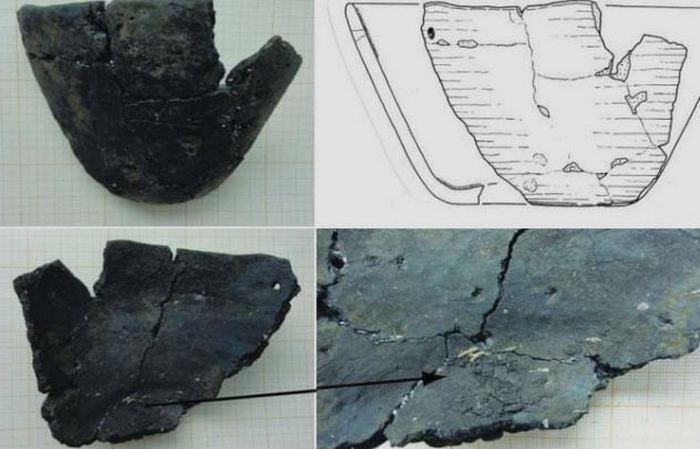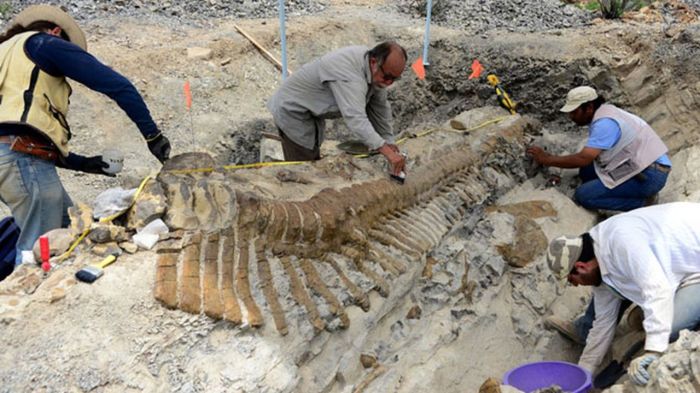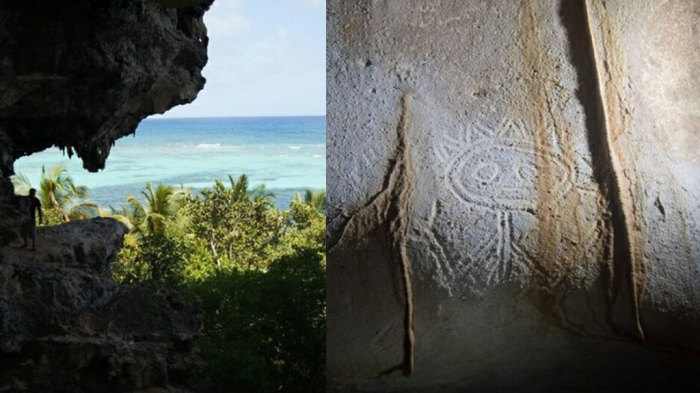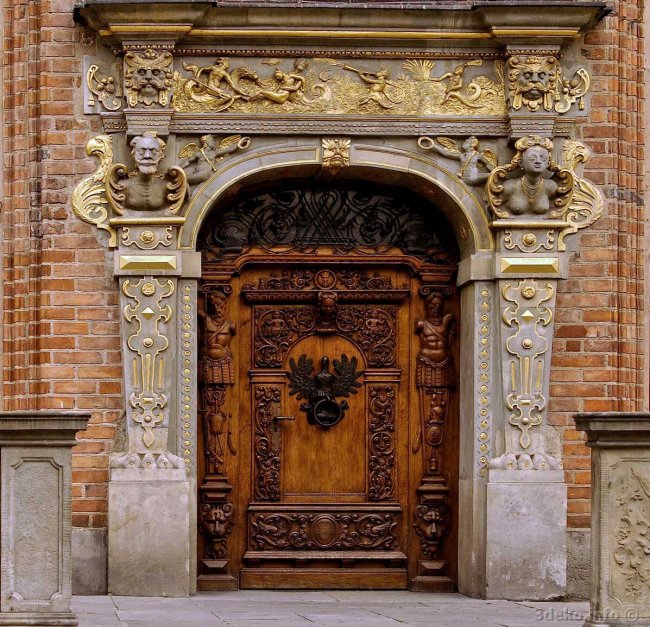10 archaeological discoveries, because of which rewrote the history of ancient Greece
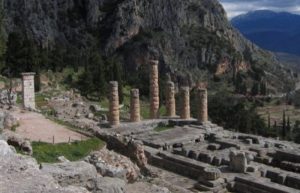 Ancient Greece is undoubtedly one of the most impressive “chapters” in the history of mankind. The complexity and duration of the existence of Greek culture is impressive today, because after this civilization, many ruins and objects of art remained. Archaeologists still find lost cities and strange artifacts, which often reveal new facts about the life of the ancient Greeks.
Ancient Greece is undoubtedly one of the most impressive “chapters” in the history of mankind. The complexity and duration of the existence of Greek culture is impressive today, because after this civilization, many ruins and objects of art remained. Archaeologists still find lost cities and strange artifacts, which often reveal new facts about the life of the ancient Greeks.
1. Ancient mall
In those days, a group of shops was called a portico. When archaeologists excavated in 2013 a neighborhood of the ancient coastal city of Argylos, they found a similar portico. Located in Greece near the Aegean Sea, the old shopping center served hundreds of customers about 2,500 years ago. This makes it the oldest ever found in northern Greece. However, this find turned out to be unique in comparison with other porticos.
When archaeologists cleared seven visits, it became apparent that each one was unique. Instead of a single state project, each owner built his own unique store. This led to the fact that the 40-meter shopping center was a mixture of several architectural styles. It is likely that the portico belonged to private owners, and not the city.
2. City on the hill Strongilovouni
An ancient settlement was discovered in western Thessaly under a hill called Strongilovouni. In 2016, the ruins were scanned using a radar penetrating the ground. What archaeologists discovered changed everything that, according to experts, they knew about the area. The settlement turned out to be an important metropolis. The images showed structures resembling street markings and the town square. The city walls of the city surrounded a space of about 40 hectares.
Some of the ruins that have been preserved above ground have been identified as part of the walls, towers, and gates of the city. This city, called Valhos, flourished from IV to III century BC. So he became one of the big cities abandoned for unknown reasons, although this could have something to do with the Romans who invaded the region.
3. Mycenaean civilization
In Mycenaean Greece, modern plumbing, art and architecture, as scientists had previously believed, existed only in palaces. But the newly excavated ruins forced to revise the history. The Mycenaean kingdom of Pilos (1600-1100 BC) had regional capitals, and the new city was one of them. Excavations at Iklein showed the unexpected: “elite” services also existed elsewhere in the settlement. The city had a well-developed infrastructure, cyclopean buildings, inscriptions on the “linear letter B” and wonderful frescoes.
This drastically changed the generally accepted views of the Mycenaean states. Interestingly, the ruins also hinted at the violent conflict between Eclaine and the kingdom of Pylos, until the moment when the latter swallowed Eclaine. Pylos, including its semi-independent regional cities, has grown to 2,000 square kilometers. He was also one of the first states in the West to form the ruling political institution.
4. Earthquakes with special status
Geological faults seem to have been the sites for the creation of popular real estate in ancient Greece. It sounds contradictory or completely stupid, but in 2017, scientists at the University of Plymouth found fault lines under several large ancient Greek settlements. Of course, in the Aegean region, earthquakes are not at all rare, but the proximity of faults to sacred structures may not be accidental. Some of these sites include the famous ancient cities of Mycenae, Hierapolis and Ephesus.
Another such place is the Temple of Apollo, where the famous Delphic Oracle lived. The underground chamber of the temple, used for fortune telling, is on the fault line. Researchers believe that the ancient Greeks may have considered the earth affected by the earthquake to be special. This may have something to do with natural sources. Most settlements and rituals needed a source of water, but it is also known that the Greeks honored those who had unusual qualities.
5. The discovery of Delos
The island of Delos is important for Greek history and mythology. It is said that it was the birthplace of the god Apollo and the goddess Artemis, and today it is one of the most valuable archaeological sites in Greece. Despite the year-round excavation on Delos, until recently it was unknown about its early history.
